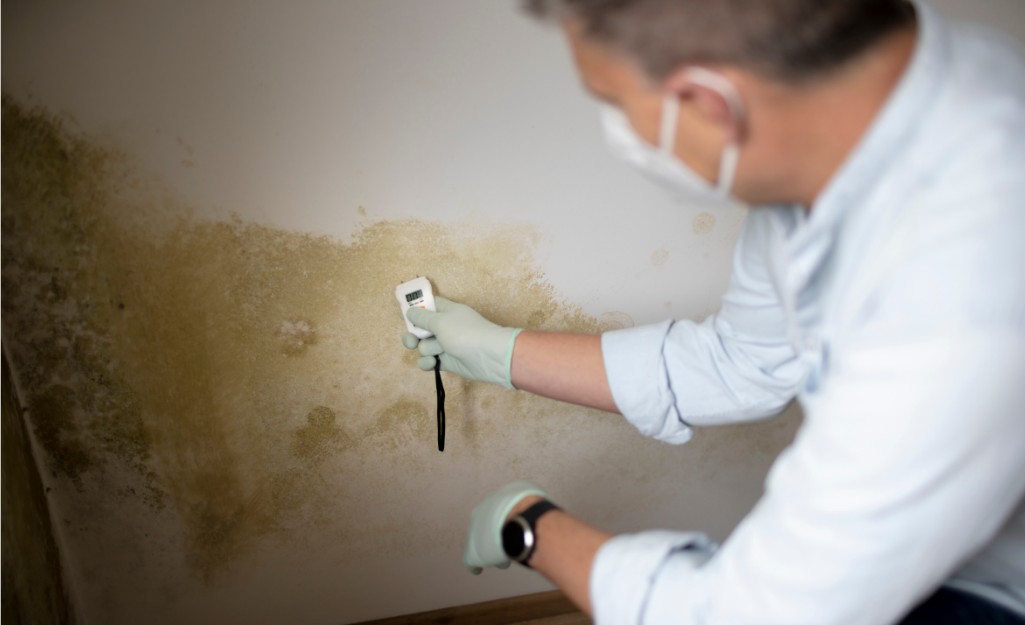Exactly How to Prevent Bathroom Water Damage
Exactly How to Prevent Bathroom Water Damage
Blog Article
We've found this post involving Common Causes of Water Damage in a Bathroom below on the net and felt it made sense to relate it with you on this site.

The restroom is extremely at risk for damp accumulation and also possible water damage due to the constant use of water in it. This article uses easy inspection strategies to aid finding water damage risks.
The frequent use water in the restroom makes it incredibly at risk for wet build-up and also possible water damage. By inspecting it frequently, you can reduce water associated damages.
The adhering to set of examinations is simple to execute as well as need to be done when in every 3 months in order to keep your washroom in good shape and also to stop prospective water damages brought on by the tub, the shower, pipeline joints as well as plumbing, sinks, cabinets, as well as the toilet
Do not forget carrying out these inspections as well as be thorough while doing them. Keep in mind that these basic inspections can conserve you a lot of cash by providing very early indications for water damages
Sinks and Cabinets
Sinks and cupboards are exposed to wetness and also humidity day-to-day and are usually overlooked. Check regularly under the sink as well as on the countertop above it. Fix any drip in the catch as it might suggest drain troubles. Look around the sink, slow draining pipelines might indicate a blocked drain. Change sink seals if they are fractured or loose.
Tub as well as Shower
The shower and also bathtub require unique attention as well as upkeep. Check the ceramic tiles and also replace if broken. See to it that there is no missing out on grout between the floor tiles. Inspect as well as replace broken caulking at joints where the wall surfaces fulfill the flooring or the bath tub. Clogged drains and pipes issues will certainly stop the bath tub from drying out and also may show significant problems below the tub. Seek advice from a professional instantly to avoid architectural damages. Take notice of discolorations or soft areas around the tub walls as they might show an inner leakage.
Plumbing
Signs for water damage are hard to spot considering that a lot of pipelines are mounted inside the wall surfaces.
Pay unique attention to flooring and walls moisture as well as spots as they may suggest an undetectable plumbing trouble. Examine dampness degrees in adjacent spaces too.
The Toilet
The toilet is a prone water junction. Inspect the water lines and also search for leaks around the commode seat, in the hose, and under the water storage tank. If you discover any signs of moisture on the floor around the toilet, look for leakages in the toilet edge as well as storage tank seals.
Know that hanging bathroom dish deodorants enhances the possibilities for clogs.
TIPS TO PREVENT WATER DAMAGE IN THE BATHROOM
The average household uses approximately 80-100 gallons of water per person per day. For a family of 4, that's almost 2,500 gallons of water a week! The largest portion of this consumption comes from bathroom use. Flushing the toilet uses the most water, followed by taking a shower or bath. With that much water running through the home, water damage in the bathroom is bound to happen. Knowing how to spot signs of a water leak is essential to preventing long-term damage. This guide provides you with tips to reduce the impact of water damage on your bathroom.
CAUSES OF BATHROOM WATER DAMAGE
Pipe breaks are the most common cause of water damage we see in our daily jobs. The age of a pipe plays a large role in a pipe break as well as corrosion. Over time, the metal begins to break down, allowing water to escape. Frozen pipe breaks are also a concern in the winter months. Toilet overflows caused by paper products or children flushing inappropriate items. Degraded caulking around the toilet or bathtub can allow water seepage, sometimes behind the fixture, into the subfloor or walls. Condensation forms when the water in a pipe is cooler than the air temperature. Beads of water form on the exterior of the pipes, sometimes so much so that the water begins to drip and pool below. Sink or shower backups created by poor drainage. HOW TO PREVENT WATER DAMAGE IN YOUR BATHROOM
Inspect your toilet supply line for worn or frayed hoses and replace them as needed. Winterize your plumbing to prevent a frozen pipe break. Use vent fans to prevent condensation that can lead to mold growth. Routinely check and replace degraded caulking around your toilet or bathtub. Increase the temperature in your toilet tank and insulate your pipes during the warm summer months to keep condensation from forming. Use child safety locks on the toilets. Flush only toilet paper. "Flushable" wet wipes are actually not good for your plumbing system. Additionally, feminine hygiene products should not be flushed. Prevent water from escaping the tub or shower. Make sure shower curtains are in good condition. Inspect shower doors and replace the seal strip if necessary. Wipe up any water that accumulates on the floor and use bath mats. Water left to sit can cause damage to the tiles and flooring. Refrain from using bath products containing heavy oils to avoid a clogged drain.

I am just very interested by How to Fix a Water Damage Bathroom and I'm hoping you liked the entire page. Enjoyed reading our piece of writing? Please share it. Let others find it. I love reading our article about Common Causes of Water Damage in a Bathroom.
Get Quote Report this page